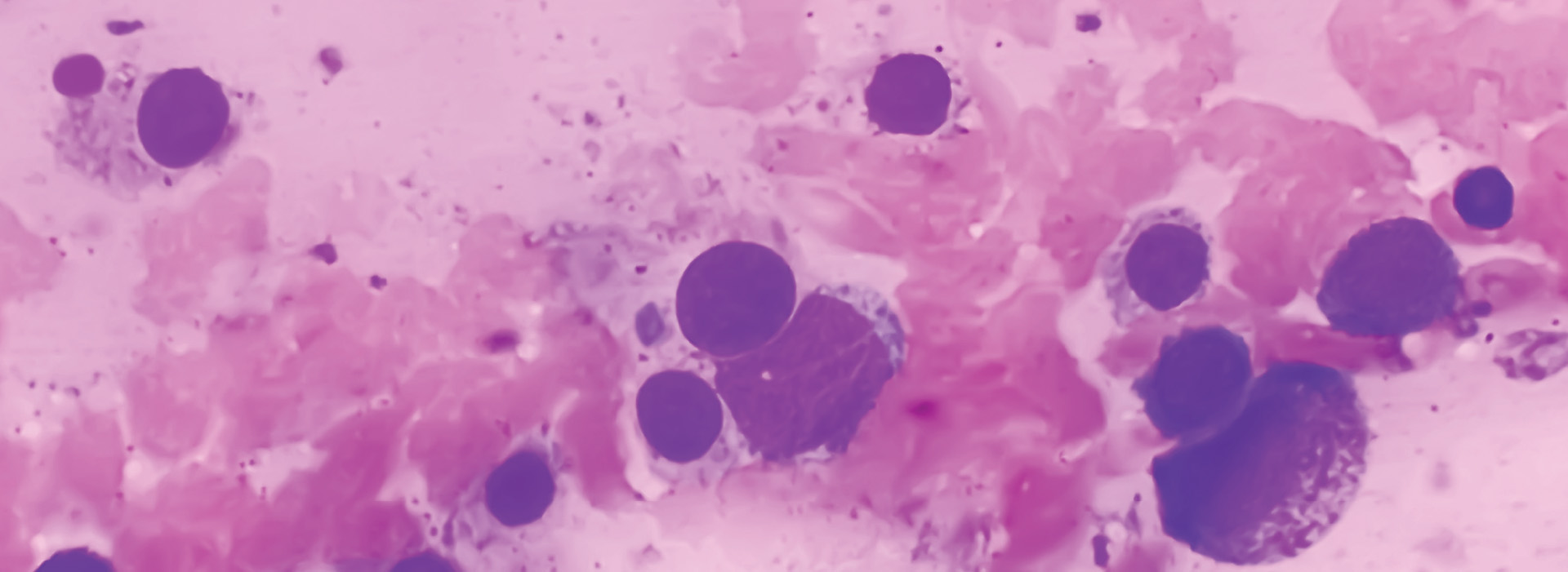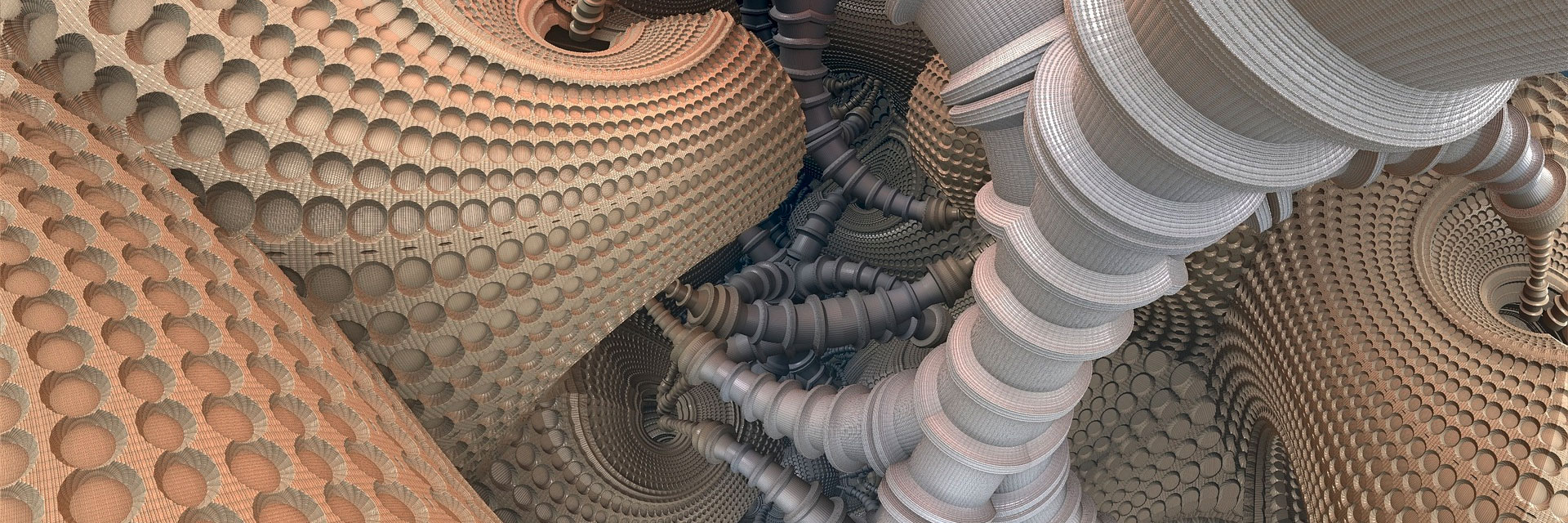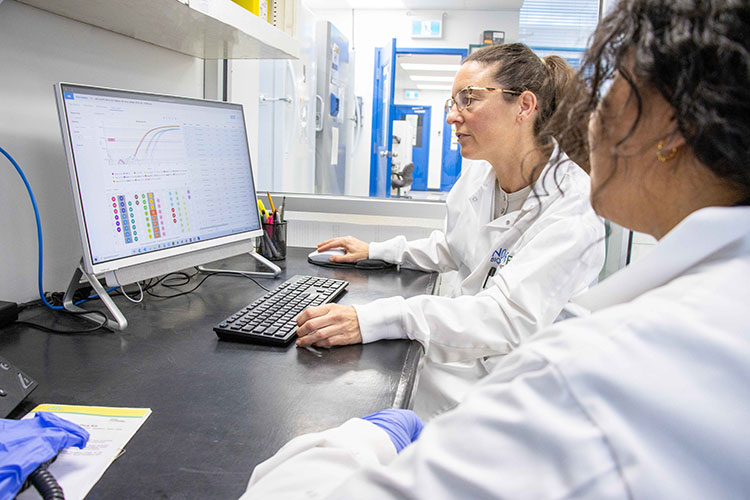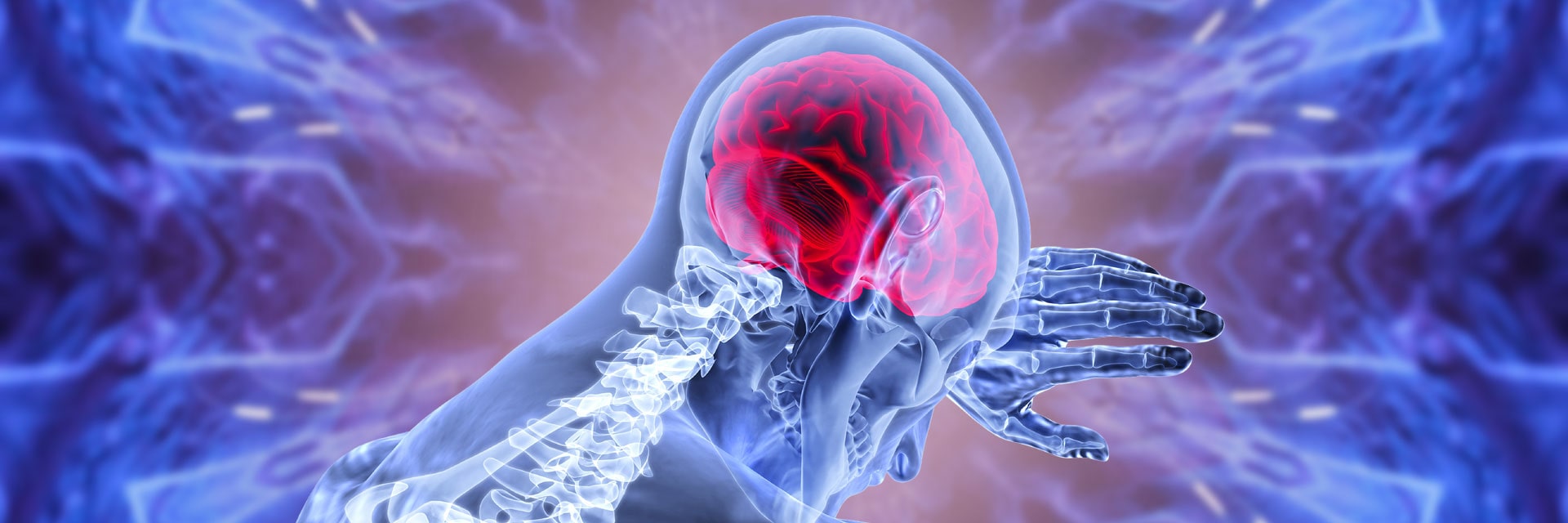March is Multiple Myeloma Month, which aims to raise awareness about this blood cancer that affects 1 in 100 American men (1/130 women).1
Multiple Myeloma cannot be cured, however, treatm
RNA isolation and quantification of miRNAs are gaining significance as promising methods in cancer biomarker discovery. Establishing standardized protocols for collection, sample storage conditio
Cell therapy using cardiosphere-derived cells (CDCs) is
an increasingly promising treatment for acute and congenital heart muscle
injuries, including myocardial infarction (MI). The the
Currently, there is limited technology available for accurately predicting high-risk cancer biochemical recurrence (BCR). As such, there is a significant clinical need to discover non-invasive biomark
A group of researchers from the Institute of Health Carlos III (ISCIII) in Spain, presented a poster at the annual meeting for the International Society of Extracellular Vesicles (ISEV), which analyze
The National Institute of Health estimates that approximately 6 in 100 000 individuals develop brain or central nervous system-related cancers each year1. Current approaches in the diagnosis of b





